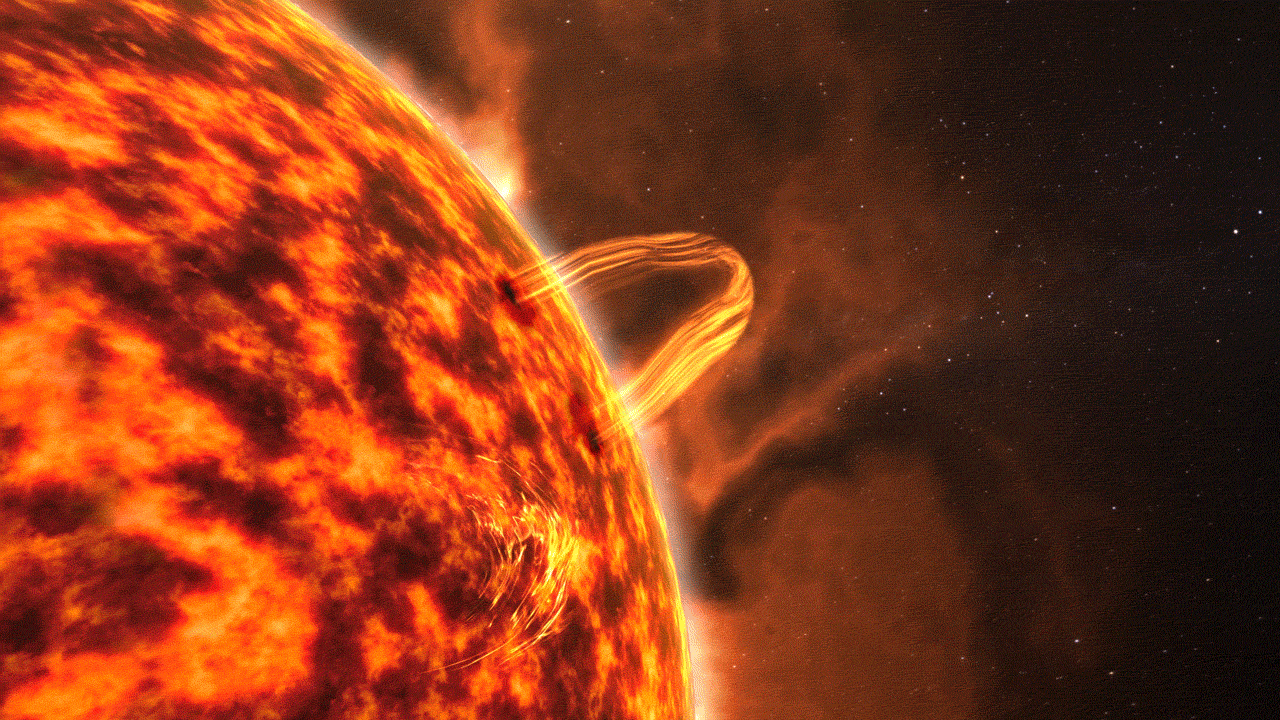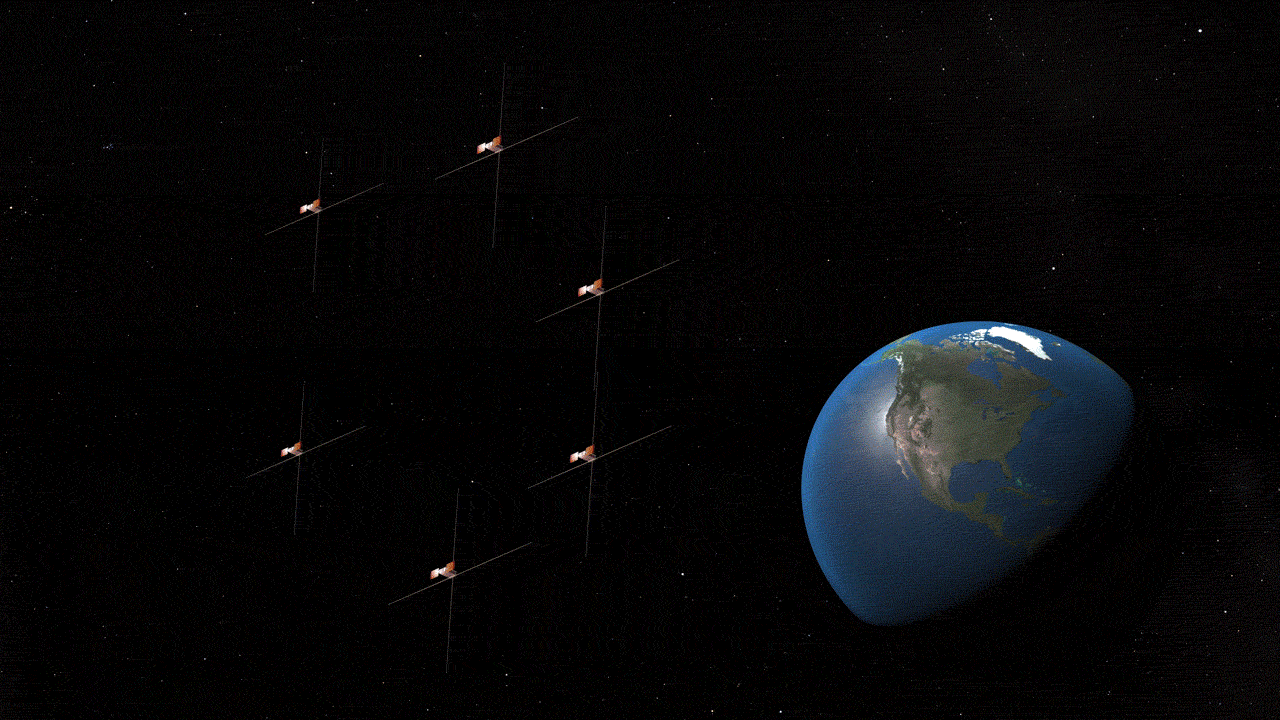NASA’s SunRISE mission — short for the Sun Radio Interferometer Space Experiment — passed a mission review on Sept. 8, 2021, moving the mission into its next phase.
“SunRISE will detect and study eruptions of radio waves from the Sun that often precede major solar events containing high energy particle radiation,” said Justin Kasper, SunRISE principal investigator at the University of Michigan in Ann Arbor. “Knowing when and how solar storms produce intense radiation will help us better prepare and protect our astronauts and technology.”

The review, Key Decision Point C, evaluated the mission’s preliminary design and project plan to achieve launch by its target launch readiness date. With the successful review, SunRISE now moves into Phase C, which includes the final design of the mission and fabrication of the spacecraft and instruments. The six spacecraft will then go through final assembly and testing before their launch readiness date of April 2024.
Consisting of six miniature solar-powered spacecraft known as CubeSats, the SunRISE constellation will operate together as one large telescope — forming the first space-based imaging low radio frequency interferometer — to create 3D maps pinpointing how giant bursts of energetic particles originate from the Sun and evolve as they expand outward into space. The mission will also map, for the first time, how the Sun’s magnetic field extends into interplanetary space — a key factor that drives where and how storms move throughout the solar system. Data from SunRISE will be collected and transmitted to Earth via NASA’s Deep Space Network. The six CubeSats will span roughly six miles across and fly slightly above geosynchronous orbit at 22,000 miles from Earth’s surface.

“The unique formation of the CubeSats gives us a detailed view of the Sun that will help us figure out how high energy particle radiation is initiated and accelerated near the Sun and how it affects interplanetary space,” said Joseph Lazio, SunRISE project scientist at NASA’s Jet Propulsion Laboratory. “Studying the radio waves that precede solar particle storms could potentially help us create an early warning system.”
SunRISE is a Mission of Opportunity under the Heliophysics Division of NASA’s Explorers Program Office. Missions of Opportunity are part of the Explorers Program, which is the oldest continuous NASA program designed to provide frequent, low-cost access to space using principal investigator-led space science investigations relevant to the Science Mission Directorate’s (SMD) astrophysics and heliophysics programs. The program is managed by NASA’s Goddard Space Flight Center in Greenbelt, Maryland, for SMD, which conducts a wide variety of research and scientific exploration programs for Earth studies, space weather, the solar system and universe.
SunRISE will be built by the Space Dynamics Laboratory at Utah State University and be a hosted payload on a commercial spacecraft provided by Maxar of Westminster, Colorado. Once in orbit, the host spacecraft will deploy the six SunRISE spacecraft, place the CubeSats into their orbits, and then continue its prime mission. SunRISE will launch no earlier than April 2024 and no later than September 2025 depending on the schedule of the commercial host spacecraft.
SunRISE is led by the University of Michigan in Ann Arbor and managed by NASA’s Jet Propulsion Laboratory in Southern California.
By Joy Ng
NASA’s Goddard Space Flight Center, Greenbelt, Md.
